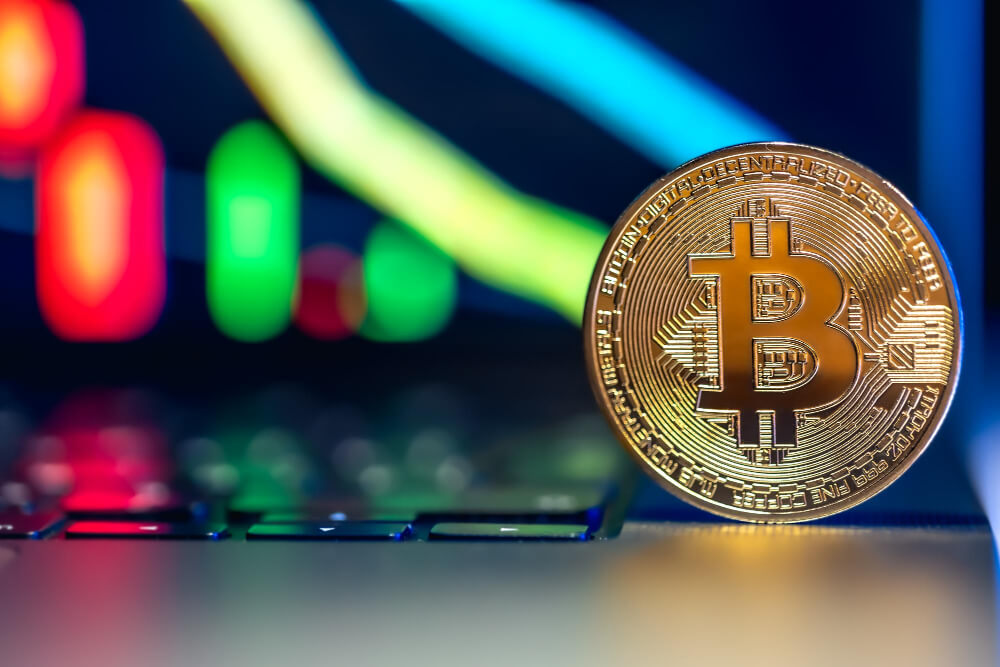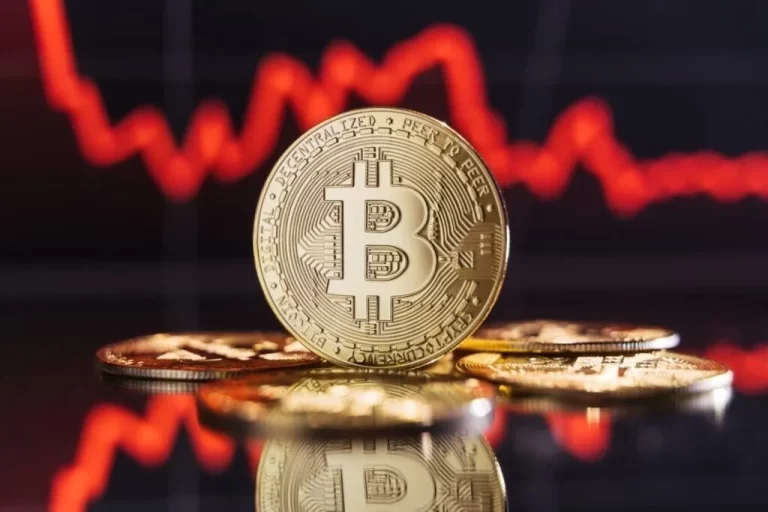In the beginning, what some would call the good ole’ day, bitcoin mining was done on a PC (computer) via the CPU. Initially, Bitcoin miners simply ran Satoshi’s (Bitcoin creator) mining code on their computers and would simply add more computers to improve their mining output. Eventually the program was migrated to use graphics cards and the mining difficulty algorithm rose so much that mining on a CPU became obsolete.
The cost of electricity was more than you could mine via a CPU Bitcoin Mining rig. The biggest problem that GPU miners had and still have is keeping their rigs cool. A hot rig can run slow but more importantly it can overheat and ruin the hardware itself. Heat is the number 1 killer of electronics so keep your rigs cool anyway you can.
Eventually the bitcoin mining world would progressed to using Field Programmable Gate Arrays (FPGA) as another alternative mining hardware rig. While FPGAs did not provide a huge increase in mining speed over GPU’s, they did use a lot less electricity. A typical 600 MH/s graphics card can use about 400w of power, whereas a typical FPGA mining device would use about 80w of power while processing at the same hash rate. Power efficiency is a crucial element in any bitcoin minors profitability calculator.
The bitcoin mining arena is now migrating over to ASICs or Application Specific Integrated Circuits. An ASIC is a computer chip that is designed specifically for one task. The fact that an ASIC can only perform one job is countered by the fact that an ASIC can offer a 100x increase in hashing power and at the same time reduce power consumption.
There are several start up companies rushing to the market to get the fastest least expensive bitcoin ASIC mining rig to the bitcoin miners. Unlike the CPUs or GPUS, the ASICs appear to be here to stay. There is no foreseeable technology coming along to supplant the ASIC as the bitcoin mining rig of the future. What ASIC manufacturing companies are doing now is trying to reduce power consumption while at the same time, increasing hash rate.
Avalon was the first ASIC to actually hit the market and the frenzy was so great that some of these were selling upwards of 30 to 40k on the secondary market. Avalon was scheduled to release 3 different batches of ASICs but to date have only released 2. Butterfly Labs struggled greatly getting their ASICs to the miners but eventually were able to get their smallest box, the Jalepeno released in the summer 2013.




